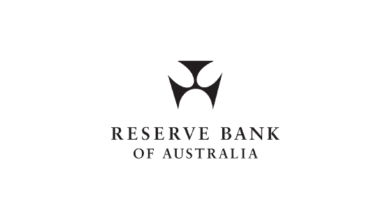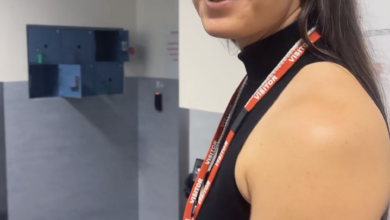At the age of 55, Bee had lost everything.
After a marriage breakdown and stage three cancer diagnosis she found herself homeless.
The once financially stable graphic designer had no place to call home and found herself in and out of temporary accommodation.
Bee found herself in and out of temporary accommodation. Source: SBS News / Yoshuya Shimasaki
“I packed all my things in the car and I thought what do I do? I don’t have a lot of money, I don’t have a job. So then I was just driving and I saw a park and I just started to bawl,” the now 67-year-old told SBS News.
“It’s like you are thrown into a deep ocean, and you have to try and swim.”
Bee’s situation isn’t uncommon — the Australian Bureau of Statistics’ (ABS) most recent data shows women over the age of 55 are the fastest-growing group to experience homelessness, showing an increase of 31 per cent between 2011 and 2016.
ABS statistics from 2016 showed there were 49,000 women in Australia facing homelessness each night.
Last year, the by Equity Economics showed 41 per cent of people using homelessness services also sought help for domestic and family violence, a 5.9 per cent increase compared to 2020.
The 2021 Equity Economics ‘Nowhere to Go’ report provided insight into the increase of women’s homelessness in Australia. Source: SBS News / SBS
Full Stop Australia assists people affected by sexual, domestic and family violence.
“The number one reason for women becoming homeless in this country is because of domestic and family violence,” said Full Stop CEO Hayley Foster.
“And we often ask this question: why doesn’t she just leave? Well the answer to that is, does she really have somewhere else to go?”
Full Stop Australia CEO Hayley Foster. Source: Supplied / Are Media
Full Stop is one of a number of women’s advocacy groups, including Homelessness Australia, Homelessness NSW, the Lokahi Foundation and magazine publisher Are Media involved in the ‘Unhoused’ campaign.
The campaign, timed to coincide with the upcoming federal election, is calling on the federal coalition and the opposition to commit $7.6 billion in funding to provide 16,810 permanent homes for women, within the next term of government.
The housing figure is based on the ‘Nowhere to Go’ report, which found building the new social housing for women would deliver economic benefits of $15.3 billion and create 47,000 jobs across the country.
It also found it would avoid $122.5 million a year in costs due to women returning to a violent partner and $257 million in costs due to women becoming homeless after leaving their homes because of family and domestic violence.
In a statement, the federal government said it has committed an estimated $9.3 billion dollars to improve housing and homelessness outcomes in 2021-22.
This includes a total of around $641.5 million from 2018-19 to 2022-23 to support the provision of homelessness services under the current National Housing and Homelessness Agreement (NHHA), which prioritises women and children affected by family and domestic violence.
The Minister for Housing Michael Sukkar said in a statement earlier this month, “We know the importance to women that home ownership brings. It offers dignity, creates stability and allows the opportunity for women in this country to chart their own course in life.”
SBS News has asked the federal Opposition for comment.
The Unhoused campaign will also involve an online petition and television advertising.
An Are Media poll showed 73 per cent of Australian women say their vote at the upcoming federal election will be influenced by a political party that is committed to provide housing for women in unsafe situations.
Chair of Homelessness Australia, Jenny Smith, says the federal government must address a shortage of social housing.
“We do need to see a platform that has our federal government taking the lead, investing in social housing, investing in the support that people with complexity in their lives need to keep that housing. But not just as a one-off but as a sustainable year-in, year-out investment going forward,” Ms Smith said.
In 2021, there were almost 5,000 women over the age of 55 on the waiting list for social housing in NSW alone.
And it’s older women who have the fewest options.
“They are a broken relationship away from poverty and destitution and we just don’t have the social housing in place to make sure there is a safe and secure landing,” Ms Smith said.
For Bee, it’s taken 12 years, but she is slowly starting to become herself again.
“Every day I am trying to better myself and eventually have a life, have a work life, have a meaningful life and be normal again.”



